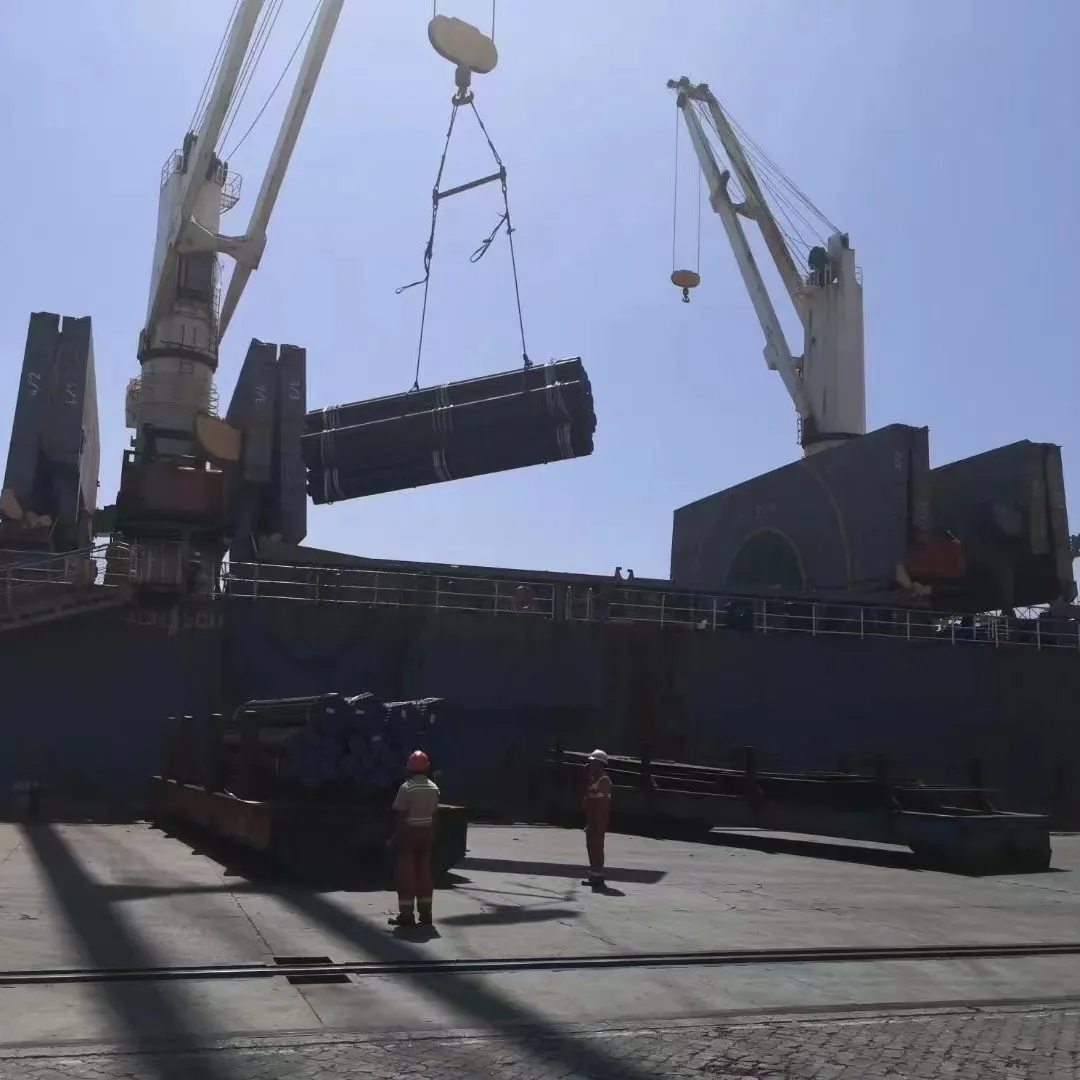-
Cangzhou Yulong Steel Co., Ltd.
-
Phone:
+86 13303177267 -
Email:
admin@ylsteelfittings.com
- English
- Arabic
- Italian
- Spanish
- Portuguese
- German
- kazakh
- Persian
- Greek
- French
- Russian
- Polish
- Thai
- Indonesian
- Vietnamese
- Zulu
- Korean
- Uzbek
- Hindi
- Serbian
- Malay
- Ukrainian
- Gujarati
- Haitian Creole
- hausa
- hawaiian
- Hebrew
- Miao
- Hungarian
- Icelandic
- igbo
- irish
- Japanese
- Javanese
- Kannada
- Khmer
- Rwandese
- Afrikaans
- Albanian
- Amharic
- Armenian
- Azerbaijani
- Basque
- Belarusian
- Bengali
- Bosnian
- Bulgarian
- Catalan
- Cebuano
- China
- China (Taiwan)
- Corsican
- Croatian
- Czech
- Danish
- Esperanto
- Estonian
- Finnish
- Frisian
- Galician
- Georgian
- Kurdish
- Kyrgyz
- Lao
- Latin
- Latvian
- Lithuanian
- Luxembourgish
- Macedonian
- Malgashi
- Malayalam
- Maltese
- Maori
- Marathi
- Mongolian
- Myanmar
- Nepali
- Norwegian
- Norwegian
- Occitan
- Pashto
- Dutch
- Punjabi
- Romanian
- Samoan
- Scottish Gaelic
- Sesotho
- Shona
- Sindhi
- Sinhala
- Slovak
- Slovenian
- Somali
- Sundanese
- Swahili
- Swedish
- Tagalog
- Tajik
- Tamil
- Tatar
- Telugu
- Turkish
- Turkmen
- Urdu
- Uighur
- Welsh
- Bantu
- Yiddish
- Yoruba

Nov . 17, 2024 21:21 Back to list
plumbing 45 degree elbow
Understanding the 45 Degree Elbow in Plumbing Purpose, Types, and Installation
In the world of plumbing, few components are as vital yet overlooked as the 45 degree elbow. While it may seem like a simple fixture, this plumbing fitting plays a crucial role in ensuring the efficient flow of water, gas, and other fluids in a variety of systems. In this article, we will delve into the purposes of a 45 degree elbow, the different types available, and the proper installation techniques to consider.
Purpose of a 45 Degree Elbow
The primary function of a 45 degree elbow is to change the direction of flow in a piping system. Unlike a 90 degree elbow, which creates a sharper turn, the 45 degree elbow is designed to create a more gradual angle. This gradual change in direction reduces the resistance to flow, minimizes pressure loss, and helps in maintaining better fluid velocity. This feature is particularly important in long runs of pipe where maintaining pressure is crucial, such as in residential plumbing or industrial applications.
Another benefit of using a 45 degree elbow is its ability to facilitate more complex piping layouts. In many plumbing systems, especially those involving water supply and drainage, space may be at a premium. The 45 degree elbow allows for creative routing of pipes without resorting to longer lengths or additional fittings, thereby optimizing both space and material usage.
Types of 45 Degree Elbows
Just like any other plumbing fitting, 45 degree elbows come in various materials and styles to suit different applications. Here are some of the common types
1. PVC (Polyvinyl Chloride) Due to its lightweight and corrosion-resistant properties, PVC 45 degree elbows are commonly used in plumbing and drainage systems. They are cost-effective and easy to install.
2. CPVC (Chlorinated Polyvinyl Chloride) Similar to PVC, but CPVC can withstand higher temperatures, making it suitable for hot water applications.
3. Copper Copper 45 degree elbows are often used in high-temperature applications and are highly durable. However, they require soldering for installation, which can make the process more complicated.
4. Steel For heavy-duty applications, steel elbows are preferred due to their strength. They are often used in industrial settings where high pressure and temperature are a concern.
plumbing 45 degree elbow

Each of these materials has its advantages, and the choice often depends on the application's specific requirements, including temperature, pressure, and environmental factors
.Installation Tips
Installing a 45 degree elbow requires basic plumbing skills and an understanding of the piping system in question. Here are some steps and tips to help you ensure a successful installation
1. Gather Tools and Materials Before starting, ensure you have all the necessary tools, including a pipe cutter, measuring tape, solvent cement (for PVC), or a soldering kit (for copper).
2. Measure and Cut Accurately measure the lengths of pipe that will connect to the elbow. Use a pipe cutter for a clean and precise cut. A clean cut is vital for a secure fit.
3. Dry Fit Before permanently attaching the elbow, dry fit all components to ensure correct alignment and dimensions.
4. Apply Adhesive If using PVC or CPVC, apply solvent cement to both the inside of the elbow and the outside of the pipe ends. Allow it to set according to the manufacturer's instructions.
5. Secure Connections For metal fittings, ensure that all joints are thoroughly soldered and checked for leaks once cooled.
6. Testing the System After installation, open the water supply gradually and check for leaks at the joints. Make sure that water flows smoothly through the system, indicating a successful installation.
Conclusion
The 45 degree elbow is an essential fitting in any plumbing system, allowing for efficient flow management and space optimization. By understanding its purpose, the various types available, and following proper installation procedures, you can ensure that your plumbing installation is reliable and efficient. Whether for residential, commercial, or industrial applications, mastering the use of this simple yet effective component will enhance the longevity and performance of your plumbing systems.
Latest news
-
ANSI 150P SS304 SO FLANGE
NewsFeb.14,2025
-
ASTM A333GR6 STEEL PIPE
NewsJan.20,2025
-
ANSI B16.5 WELDING NECK FLANGE
NewsJan.15,2026
-
ANSI B16.5 SLIP-ON FLANGE
NewsApr.19,2024
-
SABS 1123 FLANGE
NewsJan.15,2025
-
DIN86044 PLATE FLANGE
NewsApr.19,2024
-
DIN2527 BLIND FLANGE
NewsApr.12,2024
-
JIS B2311 Butt-Welding Fittings LR/SR 45°/90° /180°Seamless/Weld
NewsApr.23,2024











